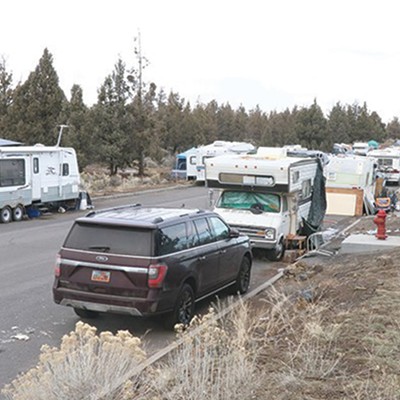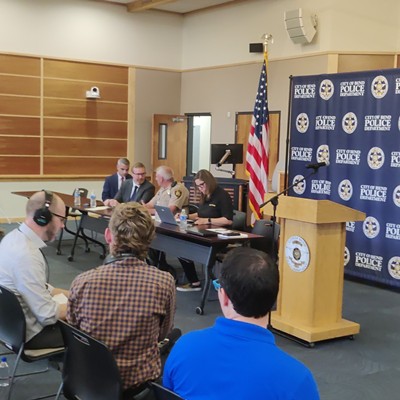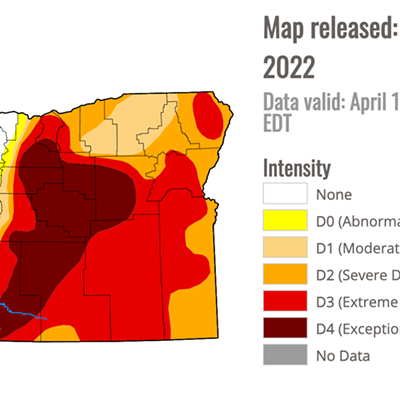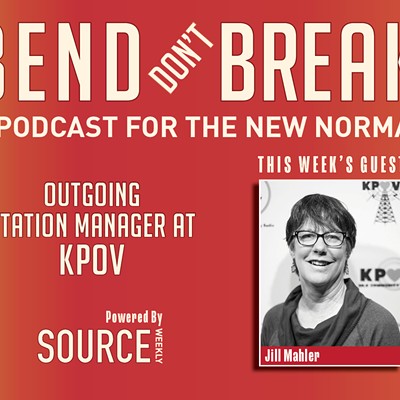Serena Gordon was coming up to the halfway point of the Cascades High 100 bike race when she crashed.
"I was on pace to beat my time from last year," she said. "I don't remember crashing at all, but from what I can piece together, I probably washed my tire out in a loose corner and then hit my head on a stump."
Amazingly, Gordon went on to win first in the women's division, but she was diagnosed with a concussion from her crash. Injuries similar to hers are common in an athletic town like Bend.
Fortunately, athletes looking for relief and improvement can find plenty of assistance from the wealth of physical therapists in town.
What is physical therapy?
Physical therapy is specialized medical focus that uses typically non-invasive modalities, or techniques, to relieve pain while improving mobility and function. These modalities commonly include massage therapy, special stretches, low impact exercises and movement re-training.
Peter Schrey, a physical therapist at Focus Physical Therapy, said treating patients always involves a bit of detective work.
"A physical therapist's goal is to find out the site, source and cause," he said. "Anybody that comes through the door, we have to find out where their symptoms are, what tissue is having the issue, and then what the ultimate cause is."
This may not always be obvious. For example, a runner might have pain in the right knee from excess strain and impact. But the cause of that pain may be from poor movement in the left leg or limited rotation in the hips, forcing the right knee to take on more work.
Physical therapy sessions vary depending on the patient and the injury. With common injuries, sessions typically last about 30-60 minutes, with initial sessions scheduled frequently (1-2 a week) before tapering off to infrequent follow-ups (1-2 a month).
Mark DeJohn owns his own massage therapy practice, specializing in Active Release Techniques. He said the follow-up sessions can seem unnecessary but are essential to continued recovery.
"What I find is that most people, once they feel good, they don't come back until they're hurt again," he said. "You have to maintain the machine at some level. Otherwise, it's going to keep breaking down."
Schrey added that physical therapy can also help prevent injuries. Addressing issues ahead of time can save an athlete from a lot of pain and bills later.
"My preference is to see people before they hurt and look at them as a person who wants to move more. So I like to look at how someone is moving before it's painful," he said. "They end up staying healthy longer, and they can springboard into their training, and they're less likely to get injured."
Other modalities
While physical therapy primarily relies on hands-on modalities, advances in science and technology have allowed for more comprehensive treatments.
"When you're in it for a long time, you end up with more tools in your tool bag. I end up using a little bit of everything," said Grant Carson, clinical manager at Rebound Therapy. "We do all that we can to make sure the entire system is efficient. If a physical therapist is just looking at the spot you point at that hurts, then they're missing the bus."
Several physical therapists will use recording equipment to analyze movement patterns. Focus Therapy has a handful of machines, including an anti-gravity treadmill, that allow for low impact running. DeJohn practices active release techniques, or ART, which improve movement by releasing muscle adhesion.
"It's essentially unsticking tissues that are stuck," he said. "It's like getting the stretch you could never get."
Another popular pain relief option involves needles.
"A lot of people call acupuncture 'voodoo medicine,' but there is actually a science to it," said Kym Garrett, co-owner of Mountain View Acupuncture. She studied acupuncture, along with other Eastern medical practices, for four years, and has practiced for more than 11 years. "It's actually a complete medical system that can treat all sorts of things, like pediatrics, women's health and the side effects of chemotherapy."
Garrett said acupuncture and physical therapy work best together. Where the primary goal of physical therapy is to strengthen the body, acupuncture can complement the healing process by relieving inflammation and pain, relaxing muscles, and improving circulation.
Gordon has been using acupuncture to help treat her concussion.
"It's been really beneficial," she said. "Your brain needs to be in the most relaxed state it can be in, the least stressed it can be in, so acupuncture has been really good for me."
Continued performance
While physical therapy is helpful for anyone, it can be extremely valuable to the talent pool of professional and amateur athletes in Bend—especially those who don't want to slow down.
"Physical therapy helps to maximize the body you have, and how it works and moves. And as you get older, it definitely requires more hard work," said Andrew Knox, a physical therapist at Peak Performance in Redmond.
Many of the physical therapists in Bend work with athletes in the 40s and above to help keep their bodies at a competitive level. Gordon plans to be one of those athletes in the future.
"Hopefully, I'll be one of those people," she said. "As you get older, it's important to make sure you have a strong foundation, something physical therapy can definitely help with."
Knox's secret to continued performance: "Know your body, and maintenance, maintenance, maintenance!"
























